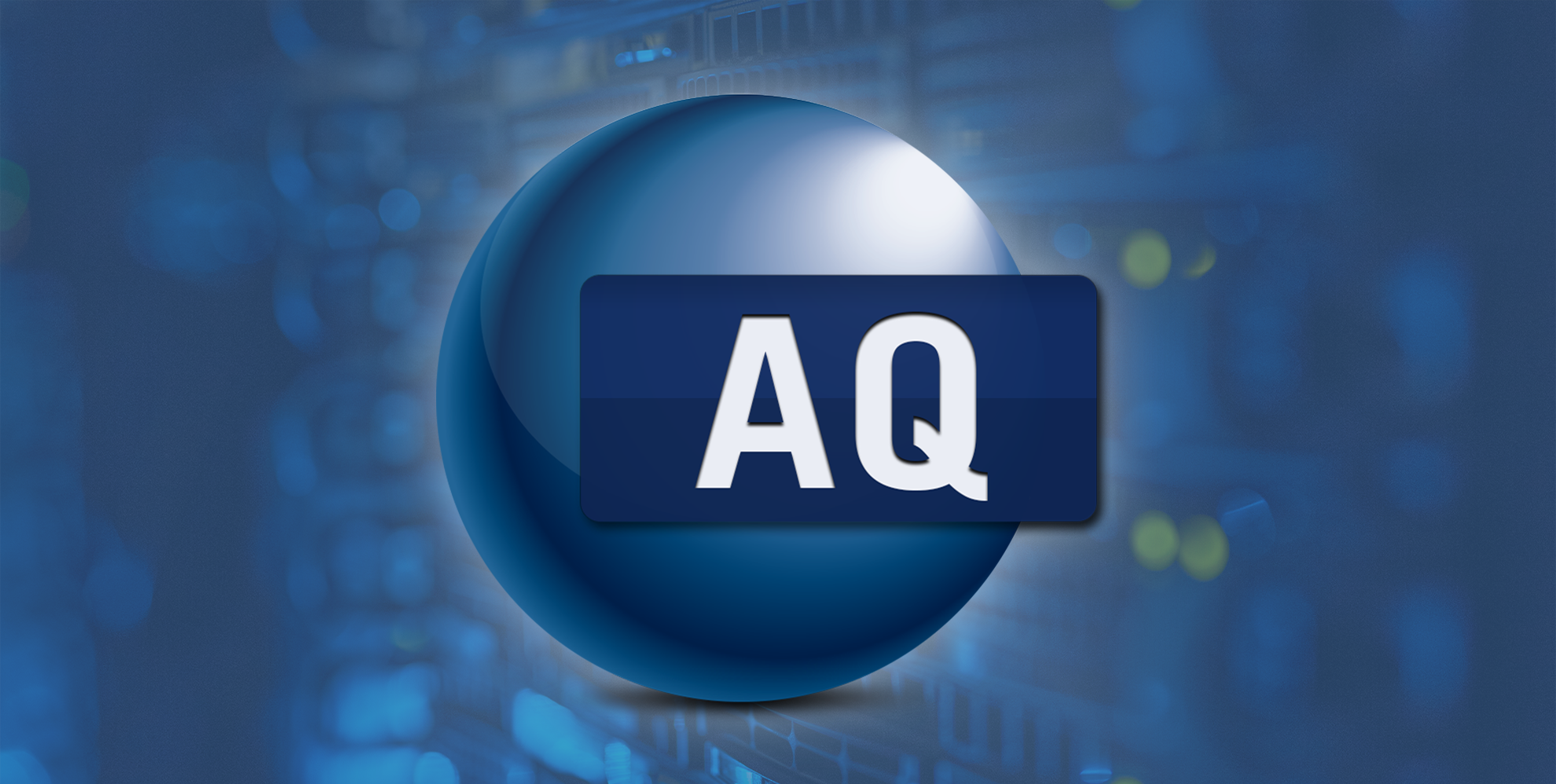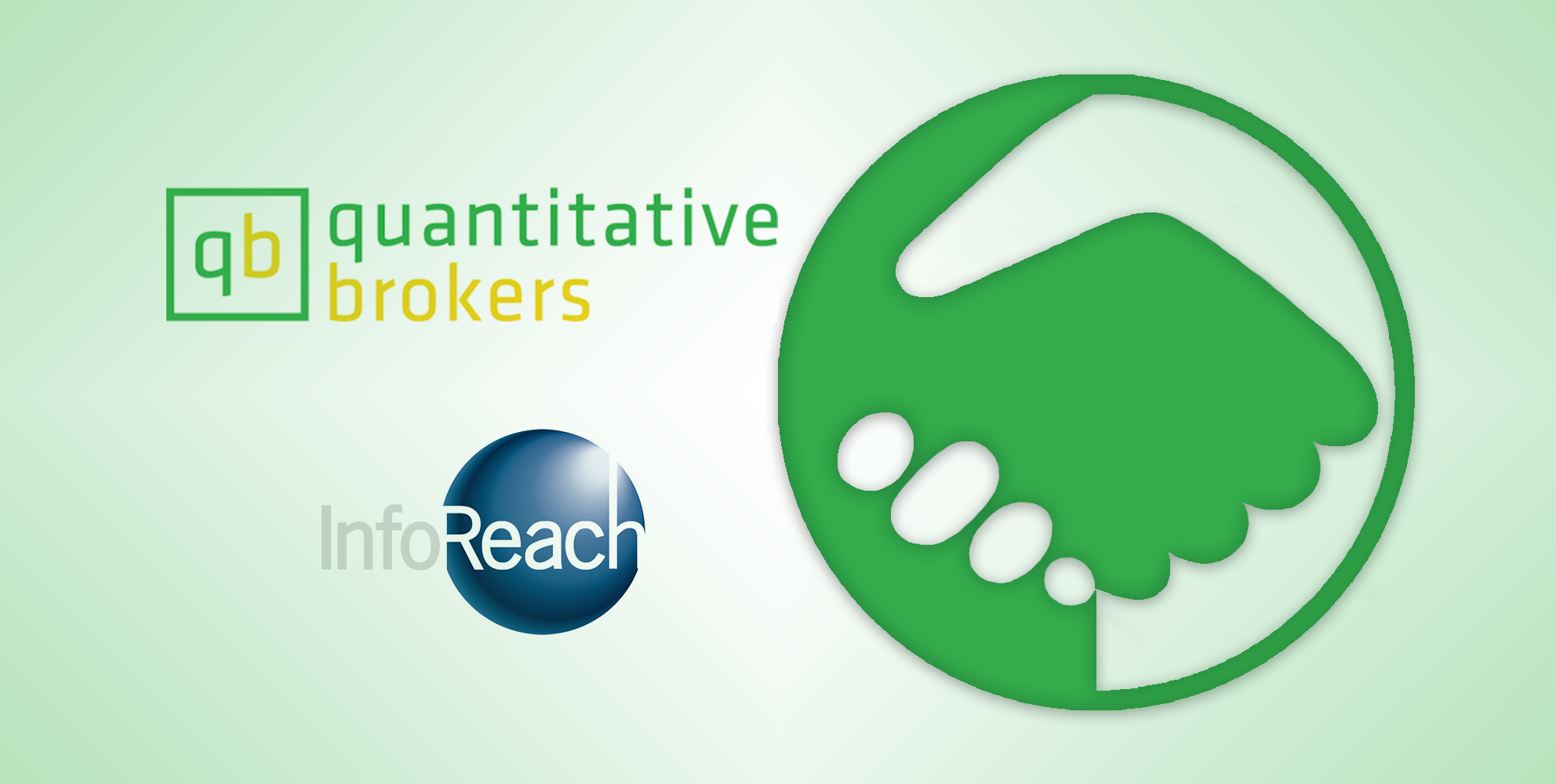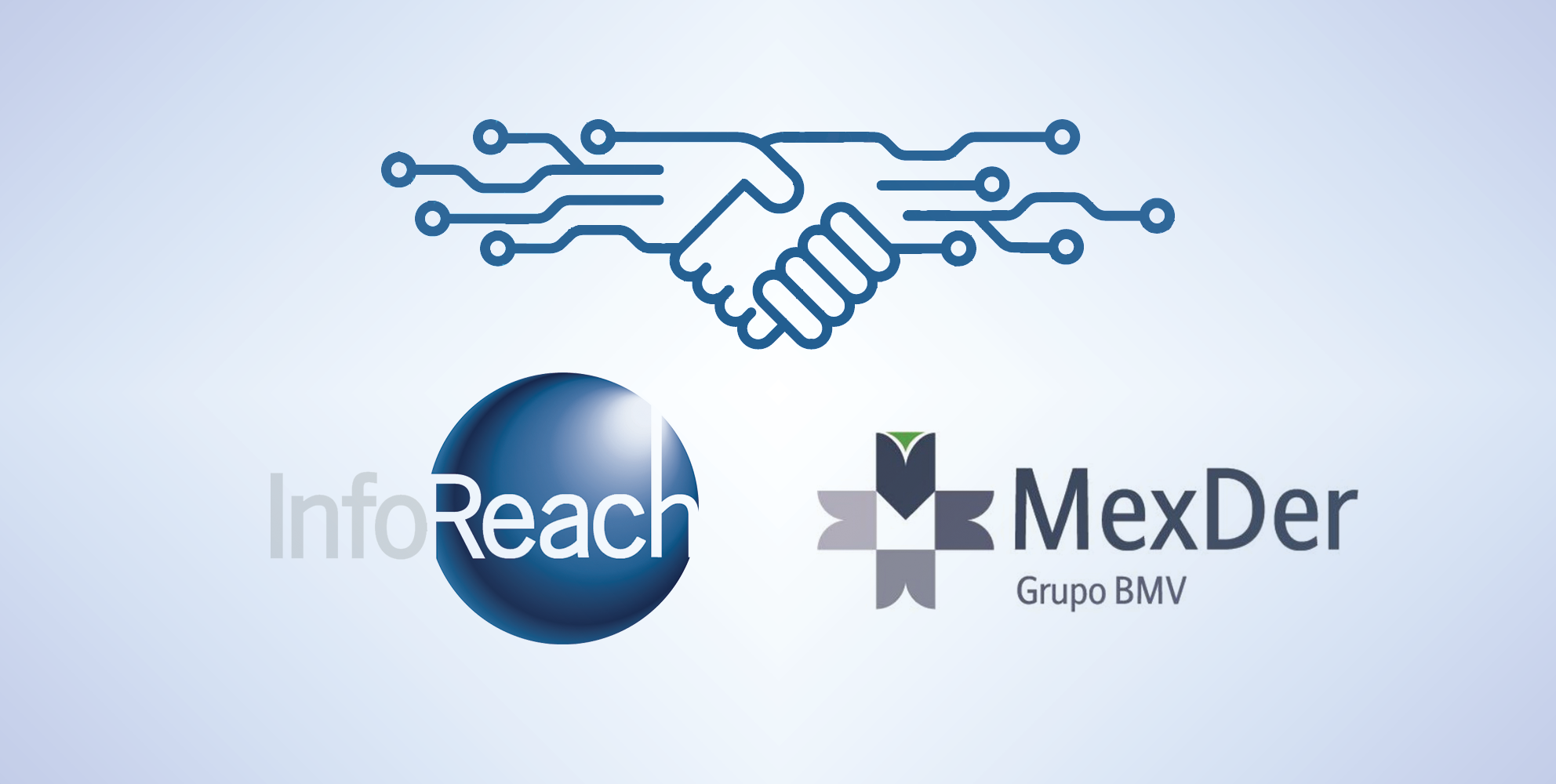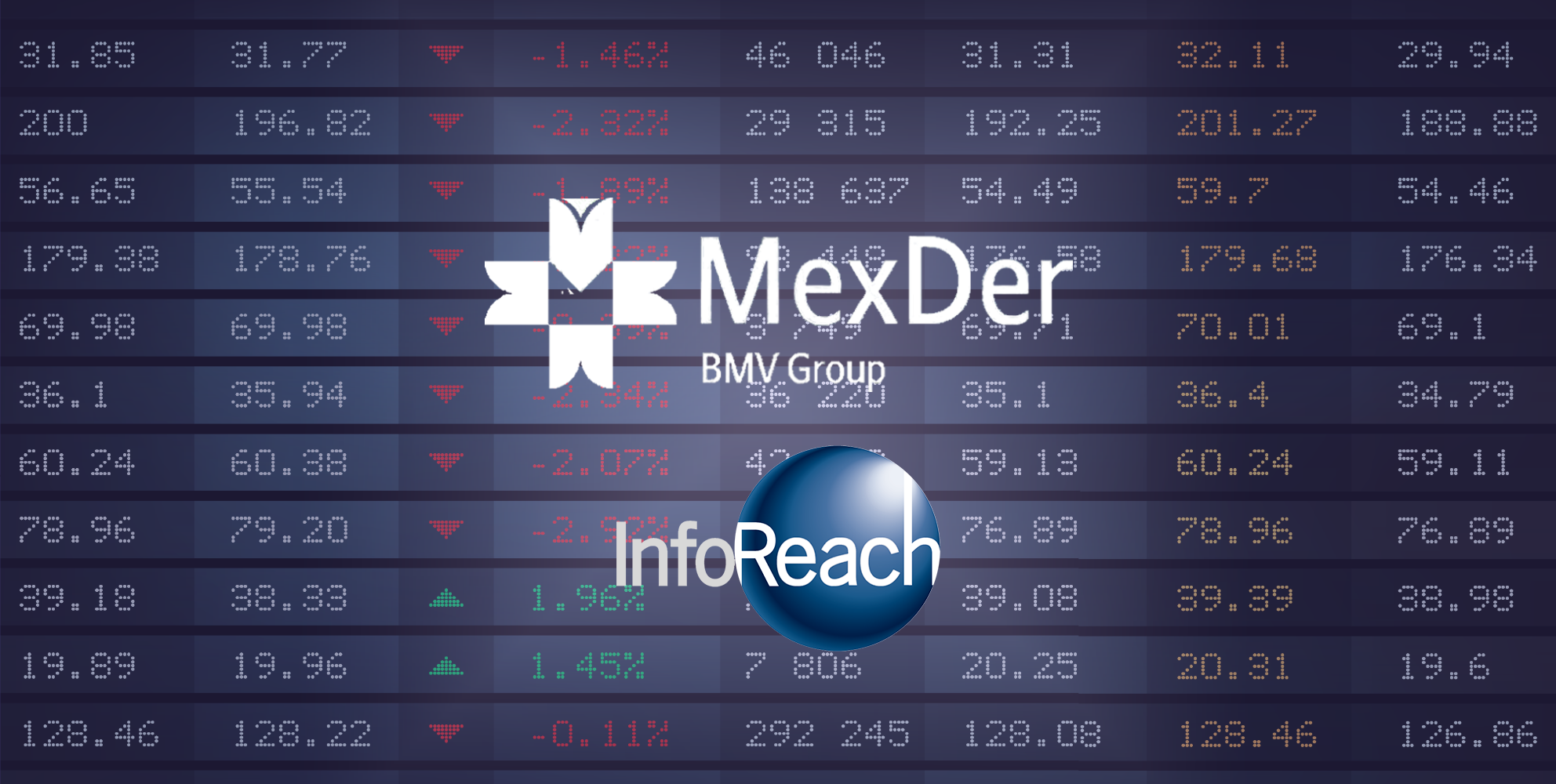The traditional line between order management and execution management systems is blurring as buy- side traders increasingly choose to integrate the two in order to streamline workflow and cope with exploding execution volumes. But is one system really better than two?
Increasing Responsiveness
Rainier Investment Management is among the buy-side firms that are seizing the trend. As part of its strategy, the investment manager has integrated Charles River Development’s OMS with InfoReach’s EMS, according to Justin Kane, director of trading at the Seattle-based firm.
“It’s an enormous advantage to us and our clients. It dramatically increased our ability to respond in a market that’s extremely volatile and moves extremely quickly,” Kane says. “We actually have the [portfolio managers] generating the orders in the OMS, and they’re order-routing right onto the EMS. You can’t even tell they’re two different systems.”
In addition to adding some much-needed speed and simplicity to a trader’s workflow, the integrated systems have helped the company better analyze transaction costs while lowering commission rates for clients, according to Kane. “If you’re going to have TCA that’s meaningful and not just to check the box – the compliance solution – but something that you can actually utilize to improve the investment process, you need a tool that’s going to be able to capture all the data points throughout the life of the trade. As they say, ‘Garbage in, garbage out,’ ” he comments.
Kane explains that to accurately calculate TCA, Rainier needed two sets of data – one from the OMS and one from the EMS. “You can marry them by matching up the order IDs,” he notes. “You send over the order ID from the OMS to the EMS and then map them back together.” The improved transaction cost analysis has resulted in lower execution costs for Rainier, Kane says, adding that those savings have been translated into lower commission rates for clients.
What Trend?
Some in the industry, including Woodbine Associates analyst Matt Samelson, dispute whether the integration of the OMS and EMS is really even a trend. “I don’t see that you’re going to have something that is a truly fully functional OMS/EMS solution that displaces either the OMS or the EMS,” says Samelson. “And I know I’ll get a lot of providers hot and bothered by that.”
But Allen Zaydlin, chief executive at EMS provider InfoReach, agrees with Samelson. “Some of the buy side would like to see a little more information floating between the order management system and the execution management system,” Zaydlin relates. “I would qualify it from a technical perspective – those are minor things and not difficult to do.”
Zaydlin argues that just as Microsoft’s Word and Excel programs will never be integrated into a single platform, a fully integrated system or a single OEMS is unrealistic since OMS functionality slows down the EMS, making it less efficient for trade executions. He also says that traders with heavy transaction volumes don’t want compliance modules and profit and loss analytics crowding their desktops.
“It would be nice to have one screen with one application that does it all,” Zaydlin acknowledges. “But the reality is that the OMS and EMS are different in purposes. Therefore, they have different setups of the screens and how the functionality flows. … So my bet is that if you need both functionalities, you will end up with two screens anyway.”





